In early April, 1982, Argentina invaded the Falkland Islands and South Georgia, isolated specks of rock in the South Atlantic. Their sovereignty had been disputed between Argentina and Britain for a century and a half, and Argentina expected Britain to simply accept their conquest. They were sorely disappointed, as the British instead mobilized their fleet, sending men and ships south. On April 20th, while the majority of the amphibious group was still frantically sorting itself out at Ascension, the British finally abandoned efforts to find a diplomatic solution to the Argentine forces on South Georgia, and decided to eject them by force. There were several reasons for this decision. First, unlike the Falklands, Argentina's claim to South Georgia was basically nonexistent under international law. Second, it would give the British a sheltered anchorage much closer to the Falklands than Ascension was. Third, it was lightly defended and out of range of Argentine air attack.1
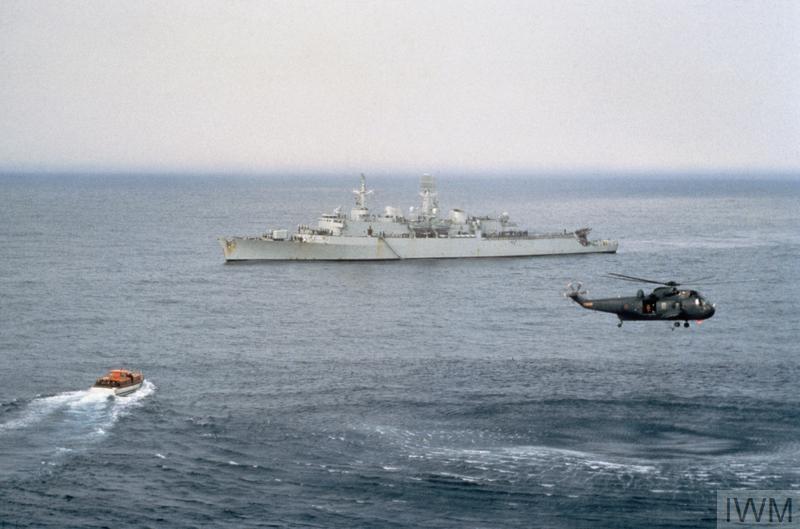
HMS Antrim off South Georgia
Operation Paraquet, as it was known, was conducted on a shoestring. The landing force was made up of 42 Commando,2 D Squadron 22 SAS,3 and 2 Troop SBS.4 As all the proper amphibious warfare ships were still around Ascension, they were carried by the destroyer Antrim, our old friend Endurance and the tanker Tidespring.

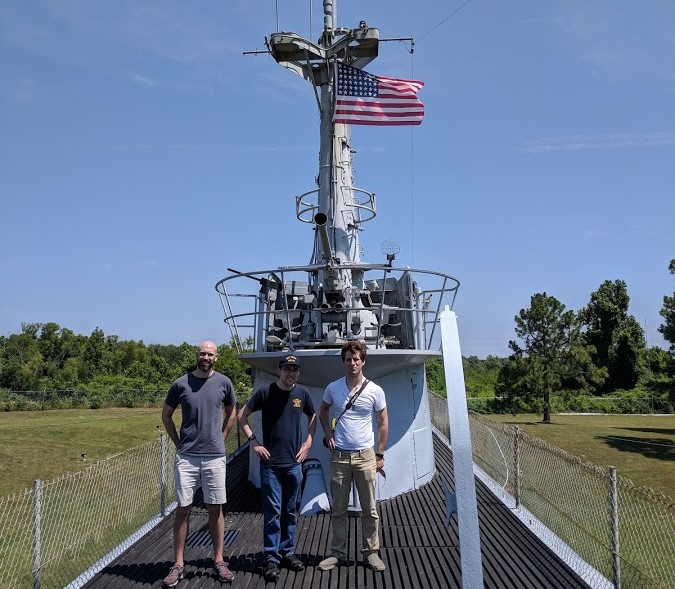

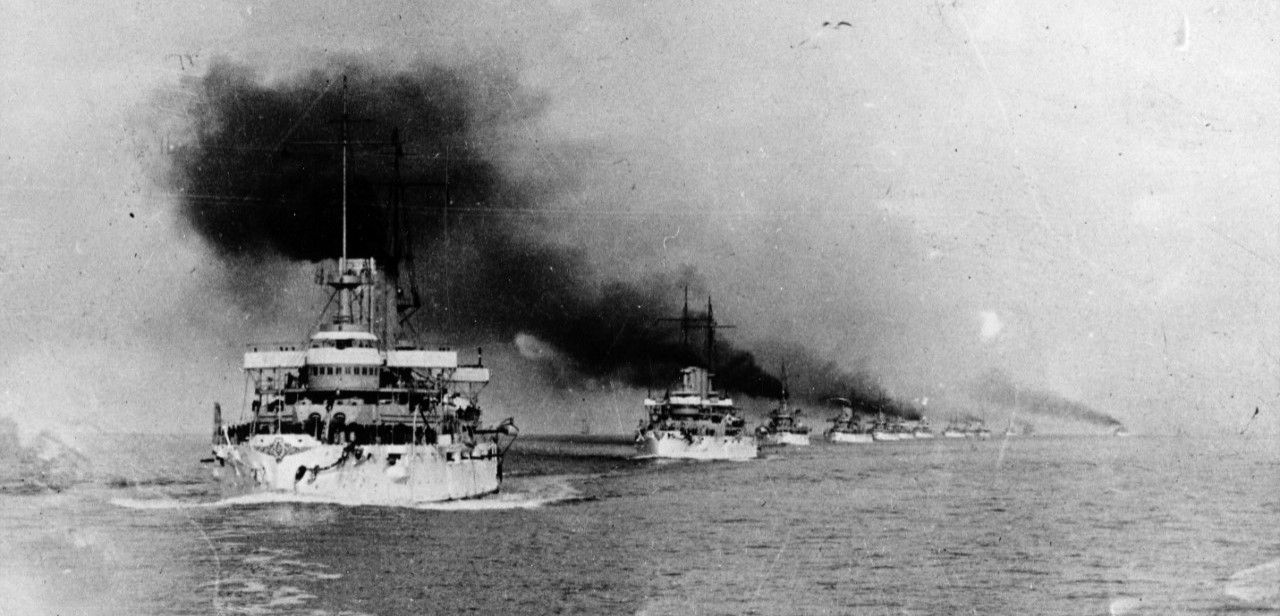
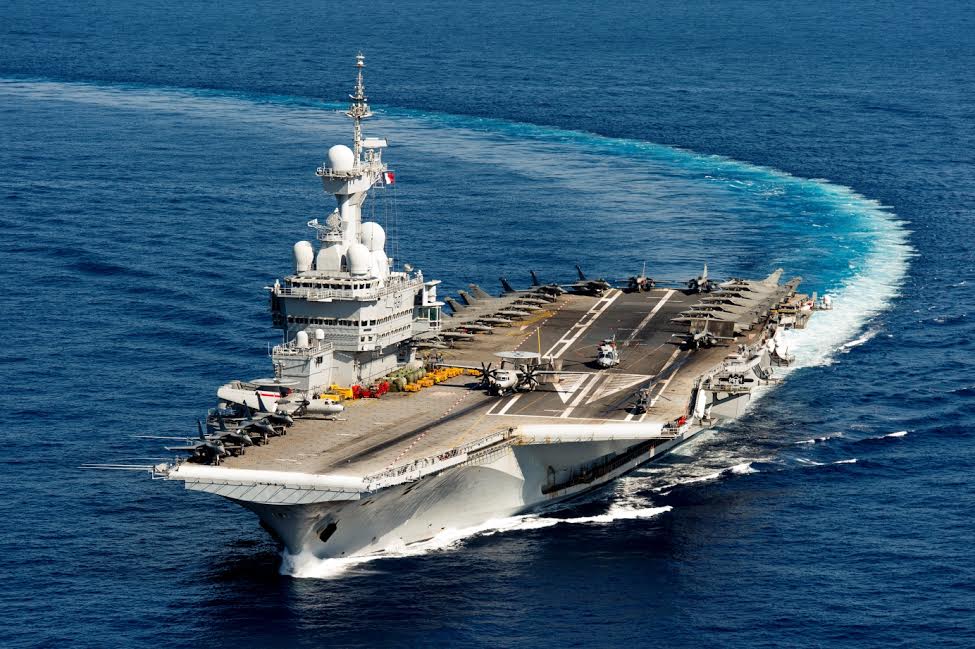

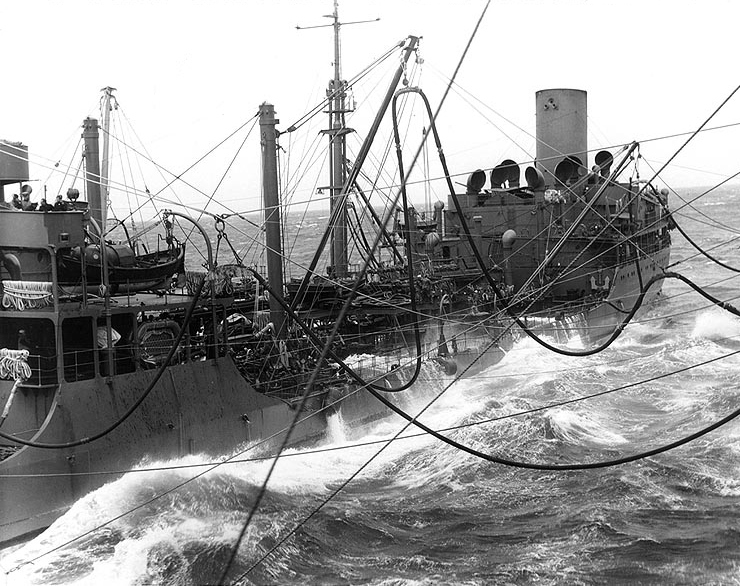
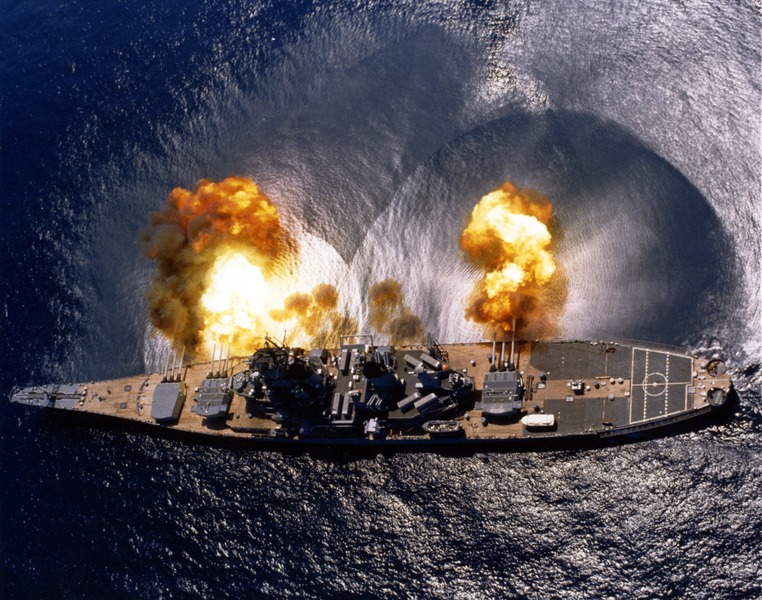
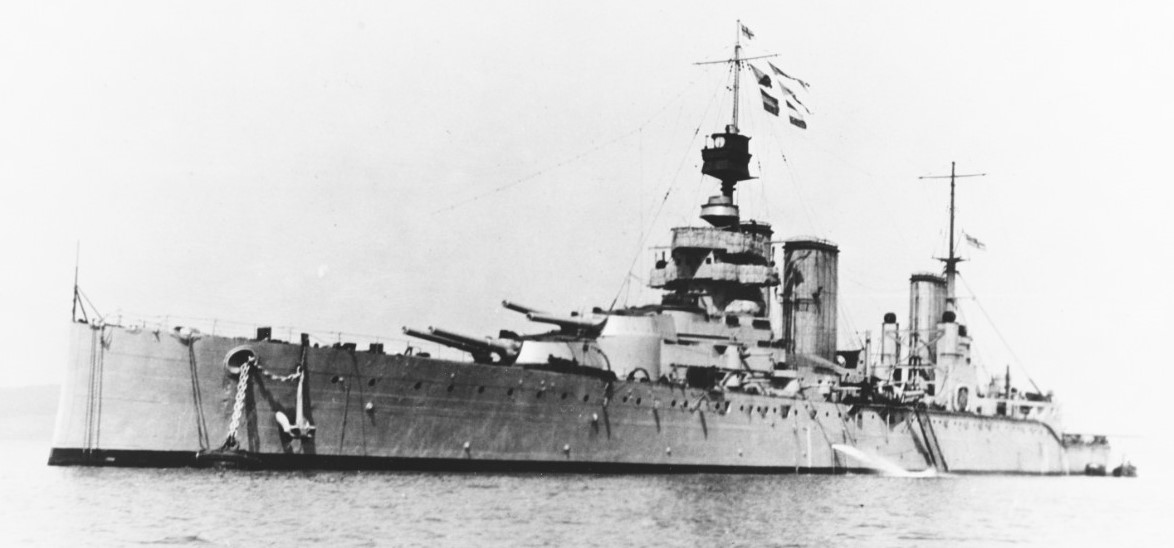
Recent Comments